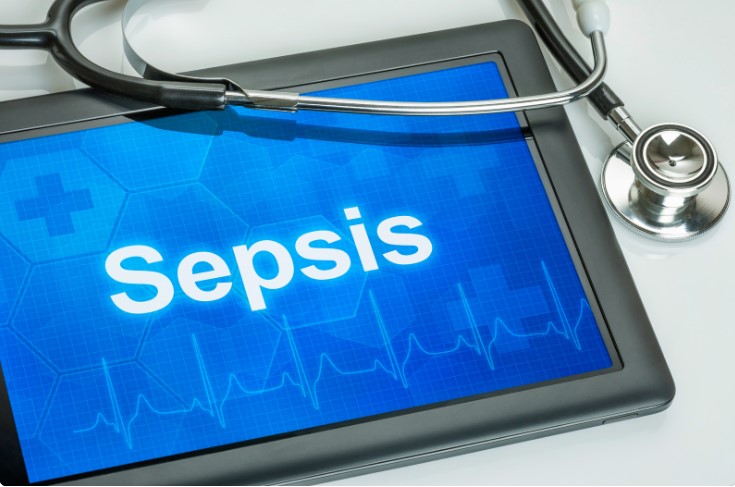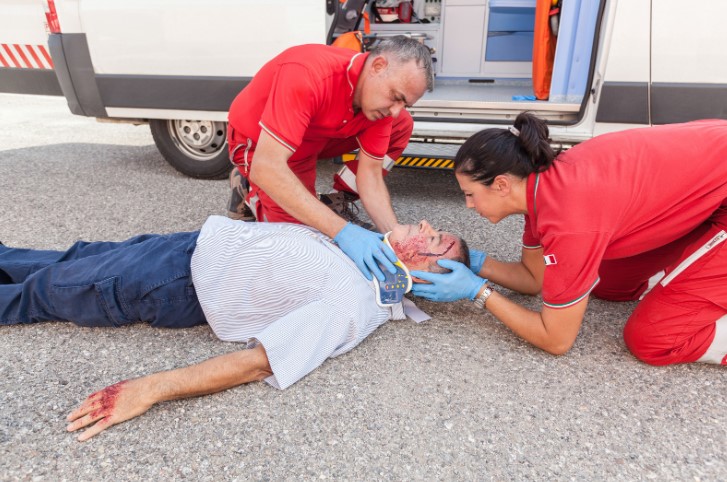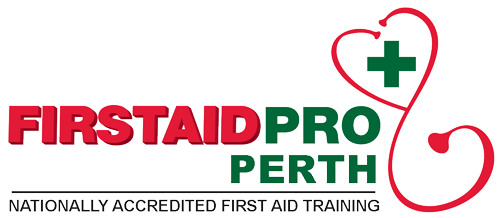First aid for severe bleeding: Severe bleeding is excessive blood loss from lacerations to arteries, internal bleed, or a major injury over an extended area. Even small injuries can result to this extent, depending on where it is on the body.
Be prepared to provide lifesaving first aid care when something unexpected happens at home, at work, or in the community that results in severe bleeding.
Severe Bleeding: First Aid
Severe bleeding is a life-threatening condition requiring immediate first aid intervention.
The human body relies upon the oxygen-rich blood circulating throughout the body, reaching vital organs and tissues such as the heart, brain, and skin.
Excessive blood loss due to severe bleeding can result in the circulatory system failing to do its function. Unable to deliver enough oxygen to the vital organs can lead to shock and possible death.
Cuts, scrapes, puncture wounds, and amputations can result in uncontrolled bleeding, quickly leading to life-threatening conditions. Common causes of bleeding include road traffic accidents, vehicle collisions, machine accidents, knife wounds, and gunshot injuries.
Severe bleeding can be both external and internal. However, internal bleed is unseen bleeding into the chest and abdominal cavity, which can be more serious. It is not easily recognised and immediately stopped, which can lead to life-threatening conditions.
Uncontrolled bleeding may result in significant blood loss, unconsciousness, and shock. In these emergencies, the priority is to stop the bleed through first aid treatment.
Signs And Symptoms
Aside from the obvious sign of blood coming from the wound, here are other signs and symptoms of severe bleeding:
- weak, rapid pulse
- low blood pressure
- pale, cool, moist skin that often feels cool to the touch
- rapid, gasping breathing
- vomiting blood
- restlessness
- nausea
- excessive thirst
- faintness, dizziness, or confusion
- loss of consciousness
For any obvious signs of severe and life-threatening bleed, urgent and effective first aid treatment can be lifesaving.
3 Steps To Manage Bleeding
As a first aider, it’s your job to stop or slow blood loss until medical aid can replace the lost circulation.
Here are the five steps you should take to help successfully manage an injury involving bleeding.
1. Apply Direct Pressure To The Wound
Direct pressure application is the go-to method for controlling severe bleeding in a first aid emergency.
Apply a well-aimed, direct pressure to the wound and elevate the area above the victim’s heart if possible. Wait 10 minutes to check if the bleeding has stopped or slowed down. This allows the blood to clot or thicken to prevent additional bleeding.
If there is spurting blood, stick a finger down on the wound and hold it here. Avoid lifting the bandage to check on the bleeding until at least five to ten minutes have passed.
Send for help early by calling triple zero (000) for emergency medical assistance.
2. Treat For Shock
Significant bleeding may result in shock. Help the victim to lie down on their back and keep them warm by wrapping them in a blanket.
Raise and support the victim’s legs, so they are above heart level. Once elevated, proceed with loosening any tight clothing around their neck, chest, or waist.
3. Use Tourniquets
The use of a tourniquet can be effective in controlling life-threatening bleed from a limb. Apply this method ONLY if you are trained to do so.
Keep monitoring the victim’s level of response until medical help arrives. If they become unresponsive at any point, prepare to administer CPR. When the ambulance arrives, explain to the responder how long the tourniquet has been in place.
In a severe bleeding emergency, it is vital to remain calm and follow the necessary first aid steps to get the bleeding under control. Uncontrolled bleeding to a certain extent, could lead to a high volume of blood loss, which could lead to unconsciousness and can be fatal.
Bleeding: How Much Is Too Much?
There are factors to consider when determining how severe the bleeding is, including the victim’s age, body size, and overall health. Health professionals suggest focusing on the person’s condition, appearance, and amount of blood loss to decide on the next course of action.
Watch for signs of shock such as pale, clammy skin, racing pulse, loss of consciousness, or spurting bleeding that cannot be stopped with direct pressure.
In any of these symptoms appear, blood loss is a threat to life.
Get Trained
The First Aid Course Canberra provides face-to-face and online training for those wanting to take a first aid course.
Learn more about our courses and how you can get trained here.








